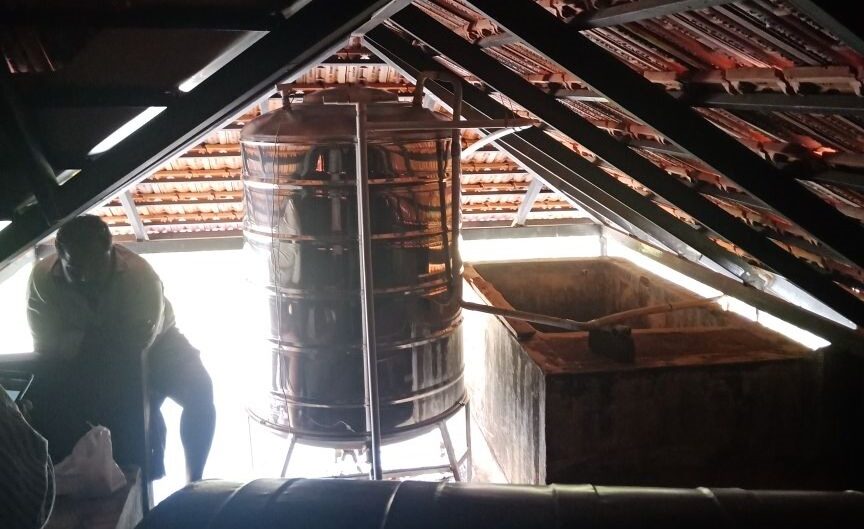
Water storage tanks are vital assets for many households, businesses, and communities, ensuring a reliable supply of water for various needs. However, these tanks are vulnerable to damage from extreme weather conditions such as intense heat, cold snaps, and severe storms. Proper maintenance and protective measures are essential to safeguarding your water storage tank and maintaining its longevity and efficiency.
Inspection and Maintenance
Regular inspections are crucial to identifying potential vulnerabilities in your water storage tank. Before extreme weather seasons, inspect the tank for any signs of wear, corrosion, or leaks. Ensure that the fittings, valves, and seals are in good condition and replace any damaged components promptly. Routine maintenance, such as cleaning debris and sediment buildup, also helps prevent damage and maintains water quality.
Protective Coatings
Applying protective coatings to the exterior surface of the tank can provide an additional layer of defense against weather elements. Coatings such as epoxy paints or specialized weather-resistant coatings can help prevent rust and corrosion caused by exposure to moisture, humidity, and varying temperatures. Ensure the coating is applied according to manufacturer recommendations for maximum effectiveness.
Insulation
Insulating your water storage tank is essential, especially in regions experiencing extreme cold or heat. Insulation helps regulate the temperature inside the tank, preventing freezing during winter and excessive heating during summer. Use insulation materials suitable for outdoor use and ensure they are securely fastened to the tank to prevent displacement by wind or weather events.
Proper Drainage
Effective drainage systems are crucial for preventing water accumulation around the base of the tank during heavy rains or storms. Ensure that the tank is installed on a stable and elevated platform to facilitate drainage away from the tank structure. Clear debris from gutters, downspouts, and drainage channels regularly to maintain uninterrupted water flow and prevent potential flooding or water damage.
Anchor and Secure
Strong winds and storms can pose a significant threat to above-ground water storage tanks. Properly anchor and secure the tank to a stable foundation or concrete pad using manufacturer-recommended methods. Consider additional bracing or straps to reinforce the tank’s stability and prevent overturning or displacement during severe weather conditions.

Emergency Preparedness
Develop an emergency plan that includes procedures for safeguarding your water storage tank during extreme weather events. Keep emergency supplies on hand, such as repair materials, spare parts, and tools, to address any damage or leaks promptly. Monitor weather forecasts regularly and take proactive measures, such as draining the tank partially if severe freezing is anticipated.
Regular Monitoring
Maintain a schedule for monitoring the condition of your water storage tank throughout the year, not just during extreme weather seasons. Monitor water levels, pressure readings, and the overall structural integrity of the tank. Address any issues promptly to prevent minor problems from escalating into costly repairs or replacements.
Professional Inspection
Consider scheduling periodic inspections by qualified professionals to assess the structural integrity and performance of your water storage tank. Professionals can identify potential vulnerabilities and recommend preventive measures or repairs to enhance the tank’s resilience against extreme weather conditions.
Conclusion
Protecting your water storage tank from extreme weather conditions requires proactive maintenance, proper insulation, and strategic protective measures. By implementing these tips, you can safeguard your investment, ensure uninterrupted water supply, and mitigate the risks associated with weather-related damage. Remember that preventive maintenance and timely repairs are key to maximizing the lifespan and efficiency of your water storage tank, ultimately contributing to reliable water availability for your needs.
By prioritizing weather protection measures, you can enhance the resilience of your water storage tank and maintain peace of mind, knowing that your water supply remains secure even in the face of challenging weather conditions.


